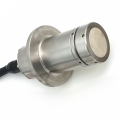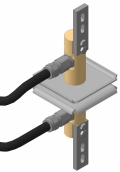- Home
- Products
- Moisture meters for bulk materials
- Moisture meters for liquid materials
- Universal moisture meters
- Laboratory dielcometric moisture meters
- Moisture meters for concrete-mixing machines
- Moisture meters for high-conductivity materials
- Grain moisture meters
- Sawdust and chip moisture meters
- Electron paramagnetic resonance spectrometer
- Microwave barrier level sensors SIUR-03V
- Order and delivery
- Questions and Answers
- Company profile
- Contacts

443010, Самара, ул. Галактионовская, 141.
Тел.: +7 (846) 244-89-51, 952-83-82.
Тел/факс: +7 (846) 925-63-53.
E-mail: info@fizepr.ru, fizepr@rambler.ru
ИНН 6315522386 / КПП 631501001
Р/сч. 40702810954390101485 в Поволжском банке ОАО «Сбербанк России» г. Самара
К/сч. 30101810200000000607, БИК 043601607






























